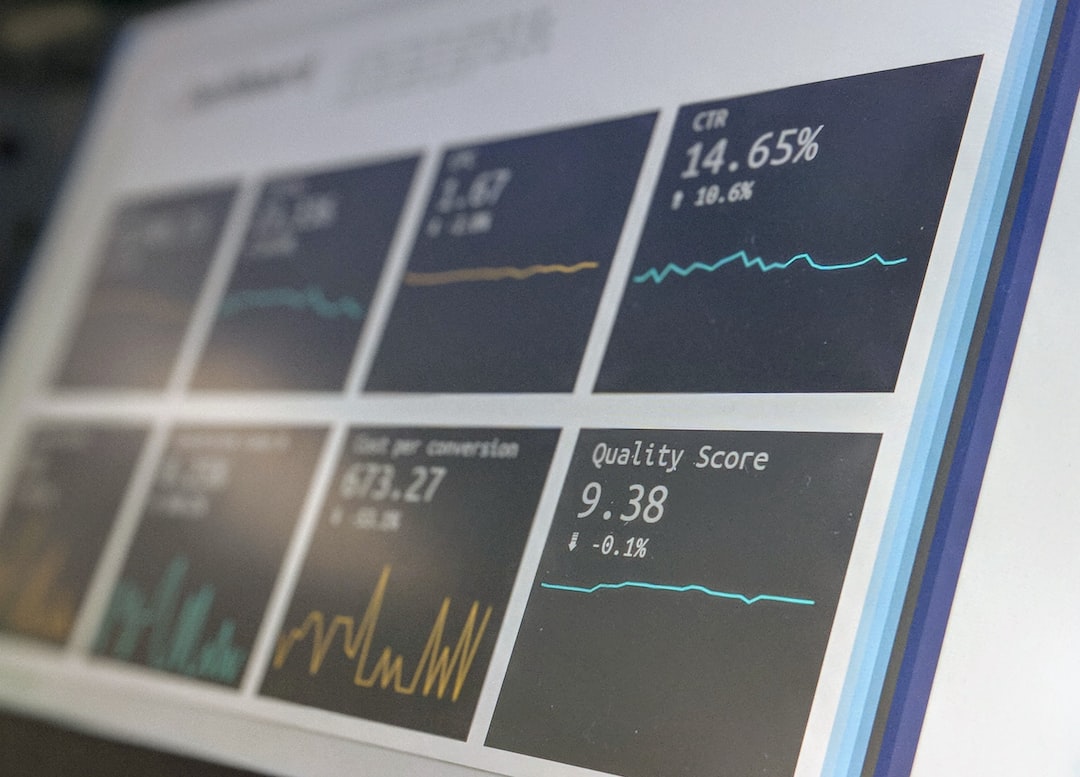If you’re new to programming, you may have come across the term “CSV file” and wondered what it is and how to work with it. In this beginner’s guide, we’ll explain what a CSV file is and how to load it into your code using different programming languages.
What is a CSV File?
CSV stands for “Comma Separated Values” and is a file format used to store tabular data. It is a plain text file that contains data separated by commas, with each line representing a row of data. They are commonly used to store and transfer data between different applications, such as spreadsheets and databases.
Why Use CSV Files?
They are a popular choice for storing data because they are easy to create, read, and manipulate. They can be opened and edited in any text editor, making them accessible to anyone with basic computer skills. Additionally, CSV files are lightweight and can be easily shared and transferred between different systems.
Photo by Mika Baumeister on Unsplash
How to Load CSV in Python
Python is an extremely popular and widely used programming language that is particularly known for its exceptional capabilities in the realms of data analysis and manipulation. This inherent strength renders it an excellent choice for individuals seeking to work with files. One effective and efficient approach to achieving this objective is by utilizing the np load csv function, which is specifically designed and implemented within Python to facilitate the seamless loading and retrieval of CSV files.
Step 1: Import the Necessary Libraries
Before we can load a CSV file, we need to import the necessary libraries. In this case, we’ll be using the numpy library, which provides functions for working with arrays and matrices.
import numpy as np
Step 2: Load the CSV File
Next, we’ll use the np load csv function to load the CSV file into our code. This function takes in the file path as the first argument and the delimiter as the second argument. The delimiter is the character used to separate the values in the file, which is typically a comma.
data = np.loadcsv(“data.csv”, delimiter=”,”)
Step 3: Access the Data
Once the CSV file is loaded, we can access the data using the data variable. We can use indexing to access specific rows or columns of data, or we can use functions from the numpy library to manipulate the data.
# Access the first row of data print(data[0])
Access the second column of data
print(data:, 1)
Calculate the mean of the third column
print(np.mean(data:, 2))
Upload File with Python to AmetricX
Get you API key
Verify the endpoint
Example: Get metrics list
import requests
url = "https://trial.ametricx.com/api/v1/file/upload"
payload = {'file_id': '44ca0f46-e0bb-4d78-92e9-c6f34bc67c69'}
files=[
('file',('ShippedToItems.csv',open('/C:/Users/AmetricX/metrics/ShippedToItems.csv','rb'),'text/csv'))
]
headers = {
'Accept': 'application/json',
'Authorization': 'Bearer <YOUR API KEY>'
}
response = requests.request("POST", url, headers=headers, data=payload, files=files)
print(response.text)
{
"task_id": "37f3c66a-816f-420e-bafe-195d63f74137"
}How to Load CSV Files in JavaScript
JavaScript is widely acclaimed as a popular and widely used programming language specifically designed for web development purposes. Its versatility and flexibility cater to a vast array of tasks, including its commendable capability of seamlessly working with CSV files. With this in mind, let us delve into the intricacies of manipulating CSV files and explore the steps involved in loading them through the utilization of the load CSV function meticulously established within the realm of JavaScript’s expansive functionalities.
Step 1: Create a New XMLHttpRequest Object
To load a CSV file in JavaScript, we first need to create a new XMLHttpRequest object. This object allows us to make HTTP requests to a server, which we’ll use to load the CSV file.
var xhttp = new XMLHttpRequest();
Step 2: Open the CSV File
Next, we’ll use the open method to specify the type of request we want to make and the URL of the CSV file we want to load. In this case, we’ll use the GET method to retrieve the file and the file path as the URL.
xhttp.open(“GET”, “data.csv”, true);
Step 3: Send the Request
Once the request is set up, we can use the send method to send the request to the server. This will retrieve the CSV file and store it in the responseText property of the XMLHttpRequest object.
xhttp.send();
Step 4: Parse the Data
The responseText property contains the CSV file as a string, so we need to parse it into an array before we can work with it. We can use the split method to split the string into an array, using the newline character as the delimiter.
var data = xhttp.responseText.split(“\n”);
Step 5: Access the Data
Once the data is parsed into an array, we can access it using indexing or loop through it to perform operations on each row of data.
// Access the first row of data console.log(data[0]);
// Loop through the data and print each row for (var i = 0; i < data.length; i++) { console.log(datai); }
How to Load CSV in R
R is a widely utilized and highly favored programming language that is specifically designed for statistical computing and data analysis purposes. Moreover, one of the remarkable features of R is its capability to efficiently handle various file types and engage in data manipulation. In this context, let us delve into the process of loading a CSV file in R. This can be effectively accomplished by leveraging the read.csv function, which offers seamless functionality for importing and parsing CSV files into R’s computational environment.
Step 1: Set the Working Directory
Before we can load a CSV file in R, we need to set the working directory to the location of the CSV file. This can be done using the setwd function.
setwd(“C:/Users/username/Documents”)
Step 2: Load the file
Next, we’ll use the read.csv function to load the CSV file into our code. This function takes in the file path as the first argument and the delimiter as the sep argument. The default delimiter is a comma, so we don’t need to specify it in this case.
data <- read.csv(“data.csv”)
Step 3: Access the Data
Once the CSV file is loaded, we can access the data using the data variable. We can use indexing to access specific rows or columns of data, or we can use functions from the dplyr library to manipulate the data.
# Access the first row of data print(data[1, ])
Access the second column of data
print(data, 2)
Calculate the mean of the third column
print(mean(data, 3))
Conclusion
CSV files are a popular choice for storing and transferring data between different applications. In this beginner’s guide, we’ve explained what a CSV file is and how to load it into your code using different programming languages. With this knowledge, you can now work with CSV files in your own projects and take advantage of the benefits they offer.










